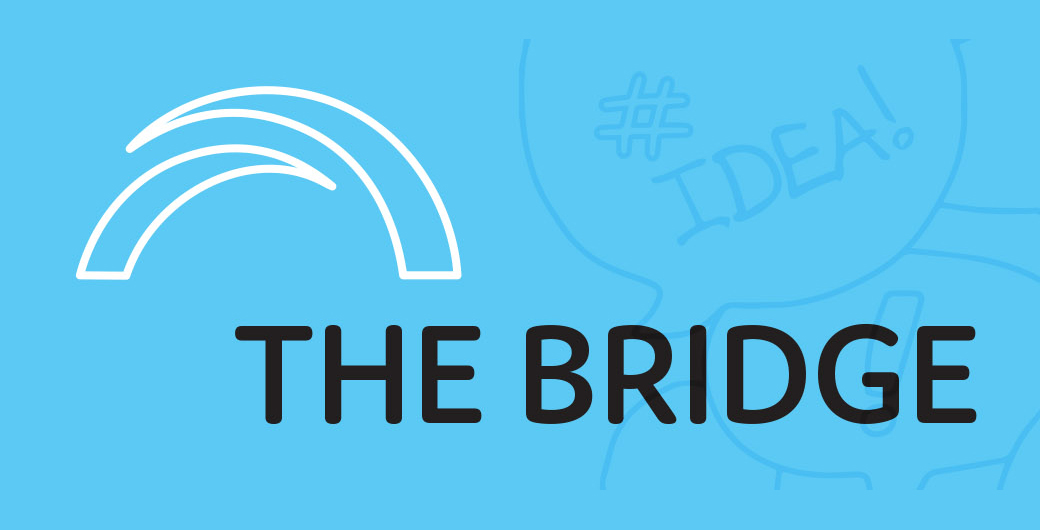
The concept of ‘nudging’ has been used as a policy tool to influence behaviour change and individual decision-making. However less is known about the use of nudging to increase public engagement in co-production where co-production refers to citizens’ willingness to contribute to policies that improve their lives. An article in Policy Studies compares nudging strategies in two co-production areas: natural hazards resilience and organ donation. The results suggest that nudging strategies are a useful tool for increasing hazard resilience coproduction while they backfire for organ donations and reduce willingness to participate.
What is co-production?
Co-production is an umbrella term that captures a variety of services in which citizens are directly involved in the design, delivery, monitoring and evaluation of public services. It describes an interdependent process with direct inputs from the government and the public as well as benefits that are both individual and general. Evidence for co-production exist in diverse policy areas including education, healthcare (Realpe & Wallace, 2010), community law enforcement, participatory budgeting, environmental services and natural hazards mitigation. By definition, co-production is a voluntary action.
What is nudging?
The use of nudging is based on behavioural science. Nudges influence decision-making by prompting individuals to make decisions that alter their behaviour without forbidding any options or significantly changing their economic incentives. Putting the fruit at eye level counts as a nudge. Banning junk food does not.
Nudges are appealing as they preserve the decision-maker’s freedom of choice and do not restrict their options. For policymakers, nudges are attractive tools that represent low-cost and unobtrusive solutions to policy issues. The three types of nudges analysed in the research are explained below.
Behavioural nudges: Defaults
The idea of using a default is that for any context, the decision-maker faces an automatic selection of an alternative with the option to opt-out. The psychological underpinnings of defaults are based on:
1. Inertia: since the rejection of a preset option requires effort, individuals may be reluctant to invest the effort and prefer to stay with the default.
2. Implied endorsement: individuals may select the default choice since it signals that this is the one preferred by most people, or a recommendation by the person who set-up the decision.
3. Cognitive bias: the preset option is reflected the status quo.
Behavioural nudges: Social norms
Nudges using social norms build on the idea that informing people that most others engage in a certain behaviour increases the chances that people would follow that behaviour. These types of nudges have been effective in a range of policy areas including:
- health (intention to take the flu shot; practitioners prescribing less unnecessary antibiotics)
- environmental policy and conservation of energy sources
- compliance in tax collection.
Behavioural nudges: Loss aversion
Loss aversion is an informational nudge that relies on framing the information in a way that highlights the potential losses individuals may experience if they choose not to act. The rationale for using loss aversion is that potential losses have a greater impact on decision-making than potential gains of the same magnitude.
The use of loss aversion nudges has been used in multiple policy areas including environmental protection; student performance in schools; and purchasing life insurance.
About the research
The research tested the effectiveness of nudges on increasing coproduction in two areas.
1. Natural hazard resilience and encouraging citizens to join government-led flood insurance plans
Governments have different tools to enhance resilience facing hazards like floods. One direct solution for civilians to protect themselves from the damages of severe weather events is to purchase flood insurance, a solution that has been shown to be cost-effective. However, most data suggest that few people, especially residents of floods-prone areas, invest in those solutions.
2. Organ donation
The issue of organ donations is a major societal challenge. Where becoming an organ donor is voluntary, the government always looks for ways to encourage more people to register given waiting lists outnumber organ donors.
The research tested the use of defaults, social norms and loss aversion in taking up flood insurance and increasing organ donation.
What the research found
Social norms increased the reported willingness to sign-in to a flood insurance plan by almost 23 per cent. The loss aversion strategy had a similar effect with a 19 per cent increase. The use of nudging strategies for organ donation was more mixed. Across all three intervention strategies, the intention to participate is substantially lower compared to the status quo. Presenting a social norm or invoking loss aversion tendencies led to an average intention to register that was 16 per cent lower than simply asking respondents to join without the use of nudges.
Within the nudging literature, the default option (a preset selection) is the most popular tool. The research results present a different view of this strategy. In the context of hazard resilience, the default option (auto-enrolment to flood insurance) has no effect on increasing the intention to join the government plan. For organ donations, the default approach backfired and led to a substantial decrease in the willingness to coproduce.
The bottom line
The analysis suggests that in some policy areas, different nudging strategies can be beneficial and increase the willingness of citizens to join government programs that have large scale benefits. In some policy areas, an opt-in approach (social norms and loss aversion) is more likely to encourage public engagement with government projects. However, the popular default strategy can be less efficient. In some cases, it can backfire and reduce the willingness of public members to coproduce.
Want to read more?
Nudging citizens co-production: Assessing multiple behavioral strategies – Rotam Dvir, Policy Sciences, September 2024
Each fortnight The Bridge summarises a piece of academic research relevant to public sector managers.

Recent Research Briefs on Nudging include:
- Published Date: 6 November 2024
